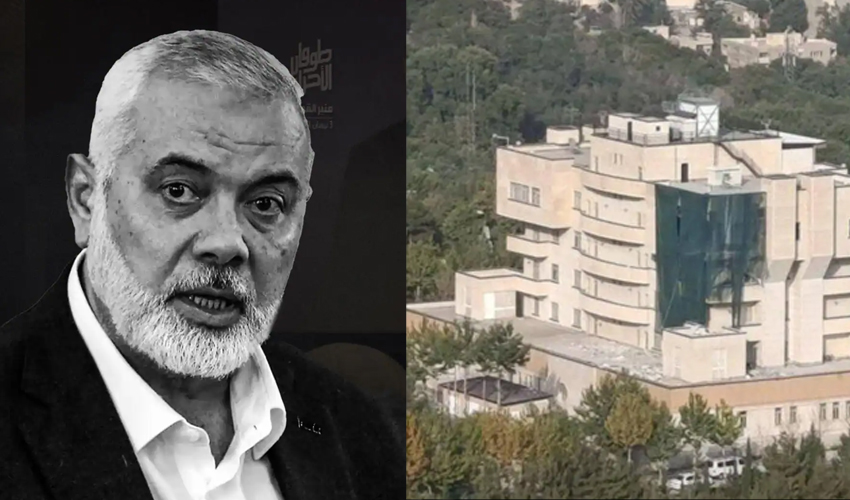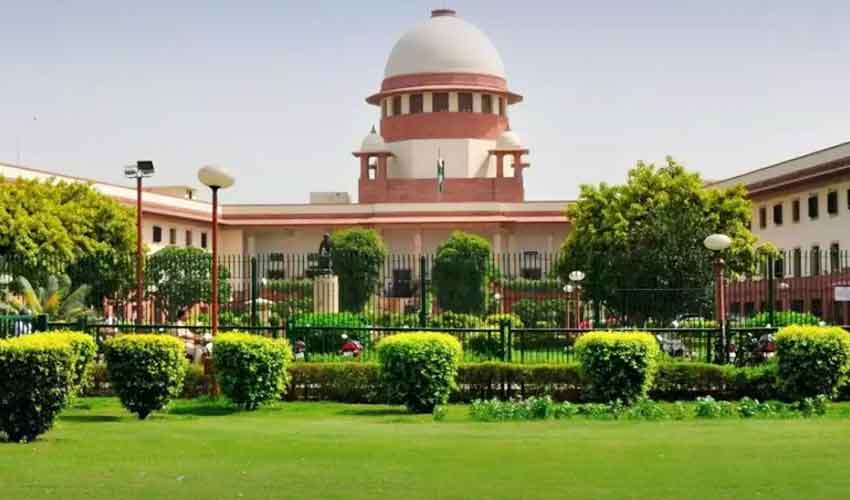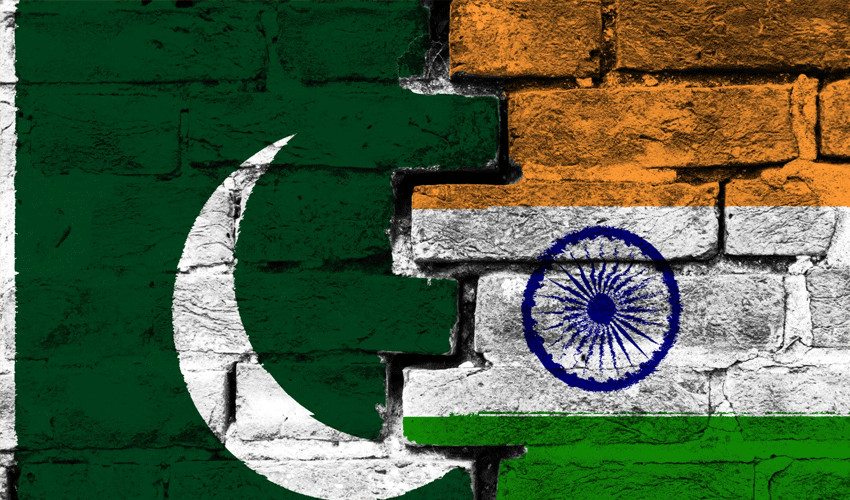Ismail Haniyeh, a prominent figure in the Palestinian resistance movement Hamas, was martyred by an explosive device while staying in a guesthouse in Tehran.
According to the New York Times, the explosives were planted about two months prior to the incident.
The explosion occurred when Haniyeh’s presence in the guesthouse was confirmed. The guesthouse, located within the Neshat compound in northern Tehran, was under the security of the Iranian Revolutionary Guards.
The explosion, which occurred around 2am local time, was remotely triggered and caused significant damage, shattering windows and partially collapsing an exterior wall.
The report, citing seven officials including two Iranians and one American, detailed that the explosives had been planted around two months prior to the incident.
Despite the severe impact of the blast, the building itself sustained minimal damage beyond the shattered windows and collapsed wall, suggesting that the attack was not a missile strike.
The NYT report, quoting five Middle Eastern officials, emphasized the meticulous planning involved in hiding the bomb in the guesthouse months in advance.



























